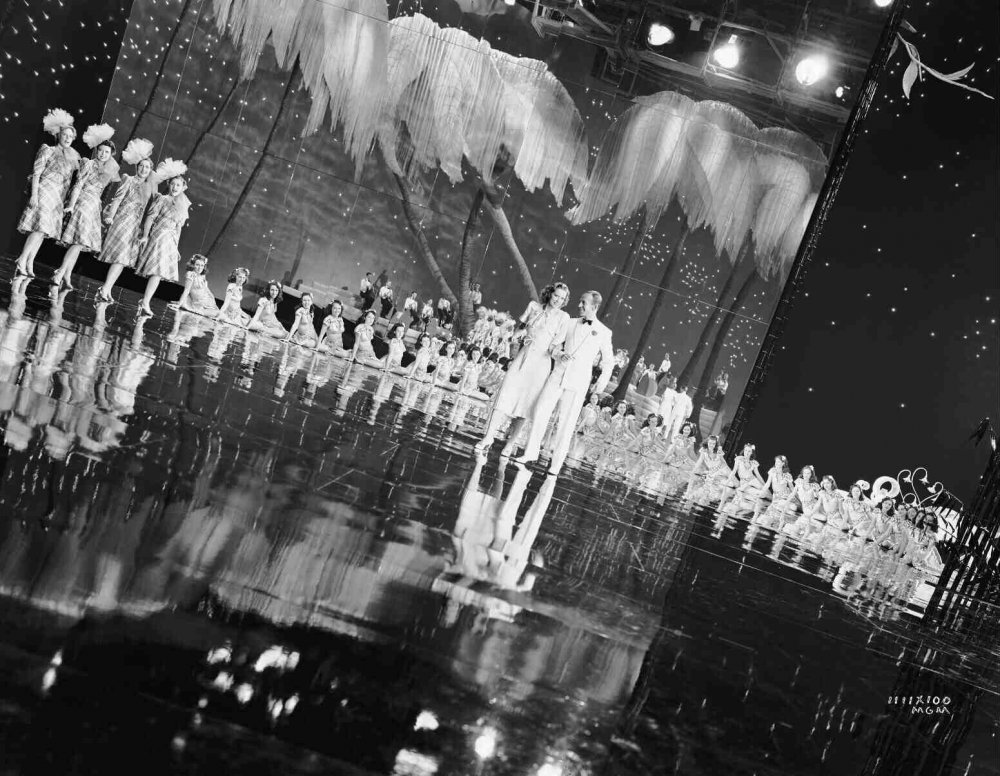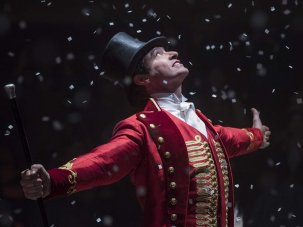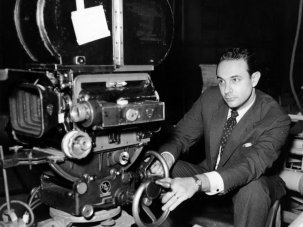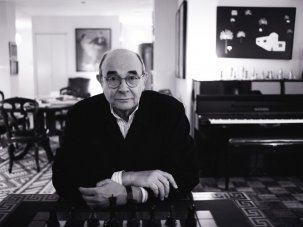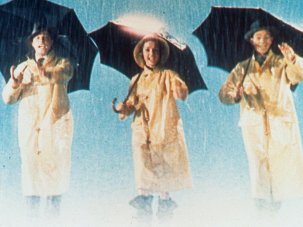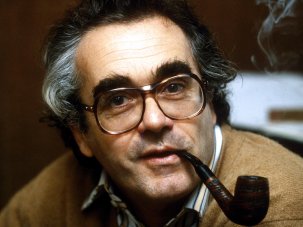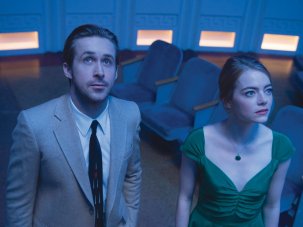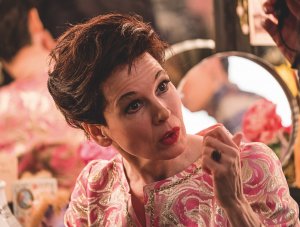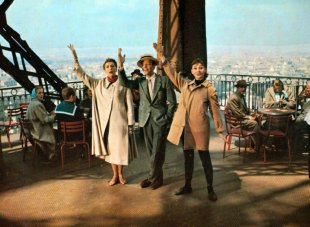There is nothing like an old-fashioned movie musical. Honestly, there isn’t. From The Jazz Singer putting over synchronised sound with the help of Al Jolson in 1927, to director Tom Hooper’s use of ‘digital fur’ technology for the forthcoming Cats, the musical has always been at the cutting edge of invention.
BFI Musicals! The Greatest Show on Screen runs at BFI Southbank, on BFI Player and at venues across the UK from October 2019 to January 2020.
And it’s not just technology either. The artistry of the musical has embraced everything from avant-garde set design to modern dance, in its dedication to shimmering spectacles that defy the logic of space, time and narrative. The genre most often dismissed as a refuge for cosy nostalgia is defined by its rejection of all that we consider classical and continuous; and has always been a forum for experimental cinema that has pushed boundaries in content and presentation.
In the nine decades it has been around, the screen musical has been resolute in tackling difficult subject matter, and diverse in its approach to depicting gender and sexuality. It’s also been profoundly self-reflexive, a space in which performers reflect on performance and the form itself chews itself over and reforms before our blinking eyes.
The shock of the new
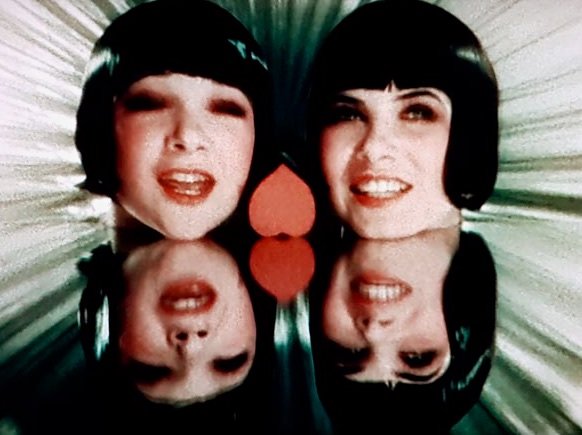
The King of Jazz (1930)
The origins of the musical go back to way before the coming of sound, to the eye-catching visions of early film, which the scholar Tom Gunning memorably called the “cinema of attractions”. Breaking away from the storytelling function of narrative cinema, the cinema of attractions “solicits a highly conscious awareness of the film image engaging the viewer’s curiosity”. From George Méliès’s pyrotechnics and trick shots, it isn’t too much of a leap to the spectacular visions of a song-and-dance routine.
And just like early cinema, the movie musical was born out of a new medium: the sound film. Even when ‘backstage’ musicals incorporate the logic of the performance into the story by situating it within a theatre environment, a musical number worth its salt breaks free of it – and becomes a spectacle worth savouring, directly soliciting the viewer to look and listen. This is why the musical offers the perfect opportunity to innovate and experiment, to ensure each new musical number will outdo the last.
And the spectacle of the musical number is inherently modern and shocking, or at least it used to be. Back in the 1920s the endless lines of high-kicking chorus girls that define what we think of as the classical musical style were considered both sexually provocative and uncannily machine-like in their mechanical perfection. Crazes such as the Charleston were even banned or blamed for excesses of violent enthusiasm or lustful behaviour in dance halls. Transferring these risqué novelties to the screen was a blatant attraction and an assertion of impudent youth and vigour.
Many of the first movie musicals were transfers of revues from Broadway, or based on that variety-style format. Perversely, the constraints of that form created the space for experimentation: the musical numbers in each film exist on their own terms, a series of attractions like pearls on a string. Several early musicals, such as Universal’s King of Jazz (1930), were made in retina-blistering two-strip Technicolor, or used it alongside black-and-white in a few choice inserted scenes of colour, often as a grand finale. (If you’d been aware of this trend as a child, the transition to Technicolor in 1939’s The Wizard of Oz would have been less of a surprise, so perhaps it’s a good thing film history is not on the primary syllabus.)
In 1929, Paul Fejös put a camera on a crane to capture swooping shots of his dancers in the art deco sets of Broadway. And even very early on, movie musicals escaped the soundstage: Rouben Mamoulian took the musical to the streets of Manhattan in Applause (1929), and King Vidor to rural Arkansas and Tennessee in Hallelujah! (1929). Soon enough, Fred Astaire would come along and star in a series of chic musicals – mostly with his lissom partner Ginger Rogers – which used glamour and humour to gloss over the graft required to complete his punishing routines. “Dancing,” said Astaire, “is a sweat job.”
The rules of abstraction
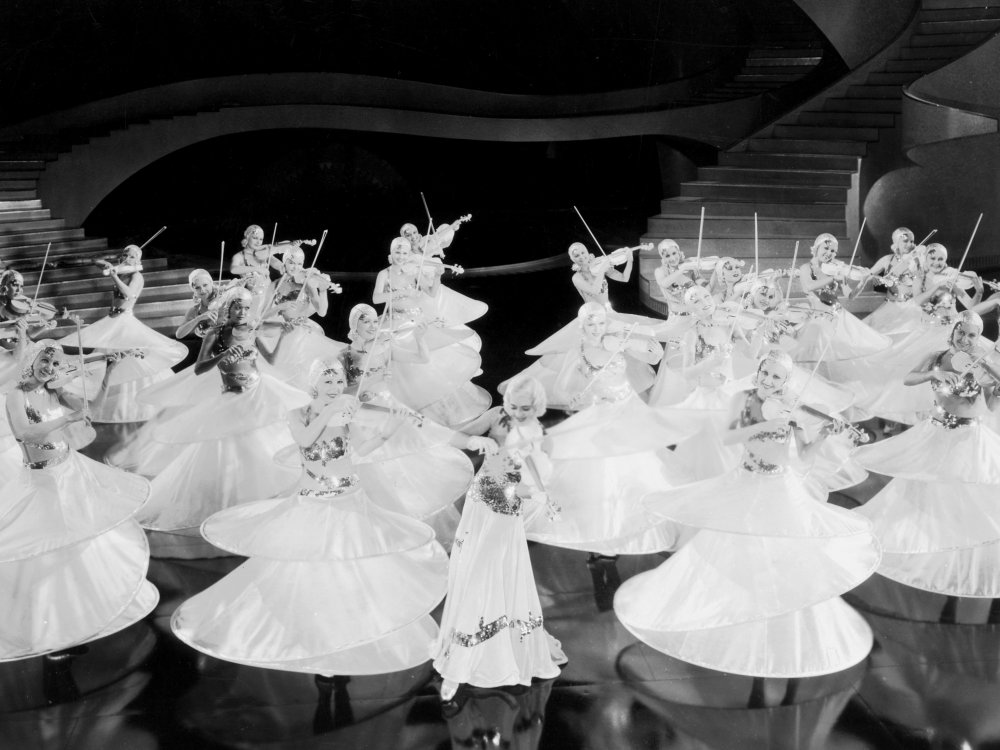
Gold Diggers of 1933 (1933)
For many people, however, the movie musical was born with the expanding stages and elegant geometric abstractions of Busby Berkeley. The choreographer defied even the logic of the backstage musical by creating spectacles too vast for even the largest Broadway stage and sometimes best appreciated from an impossible perspective, the bird’s-eye-view that reveals the chorus line in a new dimension.
The top-down view of dancers circling and flexing is both a defiantly cinematic – that is to say untheatrical – perspective, and an alienating vision: from up here the dancers don’t look like dancers but like flowers, or something else entirely. In the strange beauty of the Shadow Waltz from Gold Diggers of 1933 the dancers arrange themselves into the shape of a violin, made up of smaller neon-lit violins: an image of sound repeated and in motion, the essence of a musical.
From there, it’s just a shuffle and tap to such delights as the mirrors and twinkling lights of the sequence featuring Cole Porter’s Begin the Beguine in Broadway Melody of 1940 (1940), at the apex of which Eleanor Powell and Fred Astaire tap-dance across a lustrous black floor, flanked by their own reflections, but entirely untethered from any diegetic reality. It’s a sequence that incorporates flamenco-influenced dance, jazz and big-band music and a portion in which the duo dance accompanied only by the tapping of their shoes. The set, which included a 60ft revolving, multi-panelled mirror, cost around $120,000 to build. In the envelope-pushing world of the movie musical, this sort of thing is considered completely natural.
Gene therapy
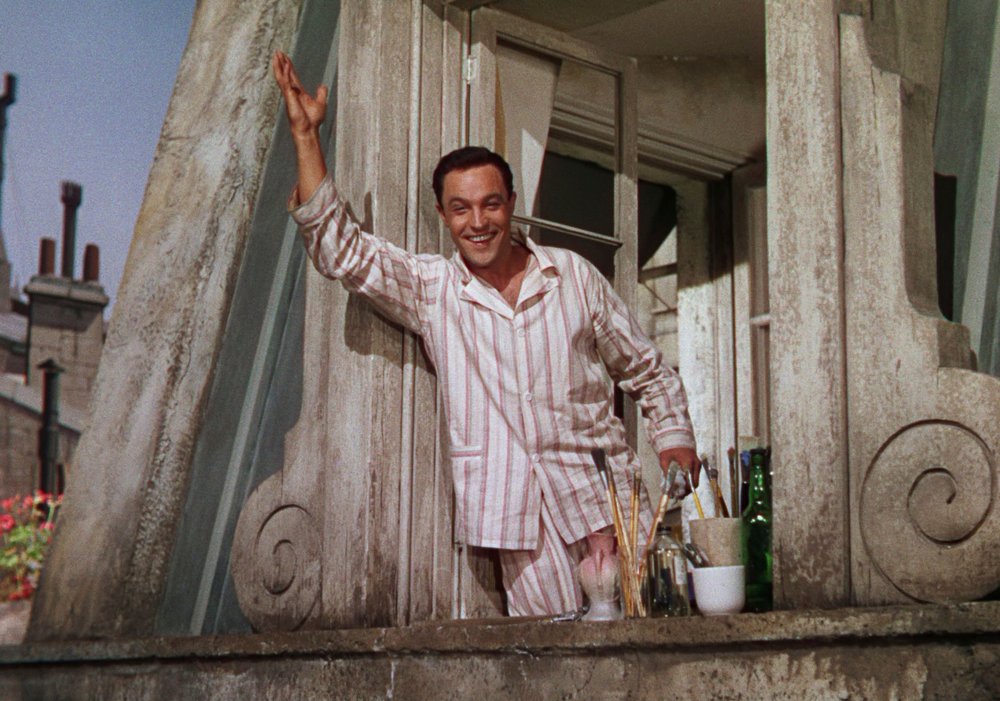
An American in Paris (1951)
That didn’t stop later innovators from trying to top it. Enter Gene Kelly, whose film debut For Me and My Gal (1942) was directed by Berkeley, but who had very different ideas of his own. An athletic dancer, skilled in many different styles (“I’ve borrowed from the modern dance, from the classical, and certainly from the American folk dance – tap-dancing, jitterbugging”), he was as keen to experiment with the camera as with his feet. With collaborators such as his frequent director or co-director Stanley Donen, Kelly created film dance sequences that were shot seamlessly on location (On the Town, 1949) or incorporated animation and superimposition, allowing him to jig with Jerry Mouse in 1945’s Anchors Aweigh (an idea expanded on in 1964’s Mary Poppins) or tap-dance with himself in Cover Girl (1944).
Arguably, it was in An American in Paris (1951), directed by Vincente Minnelli, that Kelly pushed the Hollywood musical the furthest. The film concludes with an epic 17-minute ballet sequence, which plays out the lovers’ relationship against a tour of French art history, set to George Gershwin’s 1928 jazz-influenced orchestral composition. It’s extravagant, not to say indulgent, but elegantly sumptuous and naturally it cost almost half a million dollars to put together.
Minnelli and Kelly’s ballet is the apotheosis of dance in commercial cinema – and benefits not just from Kelly’s choreography but Minnelli’s unparalleled control of colour, design and movement. The precedent for the ballet was clearly art films, such as Powell and Pressburger’s The Red Shoes (1948), but it was in turn influential on later movies. Kelly included a less unwieldy Broadway dance sequence in Singin’ in the Rain (1952), but its presence is also felt all the way from West Side Story (1961) and its finger-clicking street ballet opening to La La Land (2016) and its fantastical, meta-cinematic false-ending sequence.
The musical was growing, in every direction. The year after Donen made Seven Brides for Seven Brothers (1954), with its extended, hyper-masculine dance sequences in CinemaScope, Kelly teamed up with him again to use the new wider format for what could have been, without music, a small introspective story of demobbed World War II veterans returning home to New York, It’s Always Fair Weather. One number, The Binge, features its male leads clattering a boozy bin-lid ballet in the streets; another sees Kelly gliding through Manhattan on rollerskates singing I Like Myself. Elsewhere Donen reveals the perversely claustrophobic effect of the format in the boxing gym routine for Baby you Knock me Out with Cyd Charisse.
Beyond Hollywood
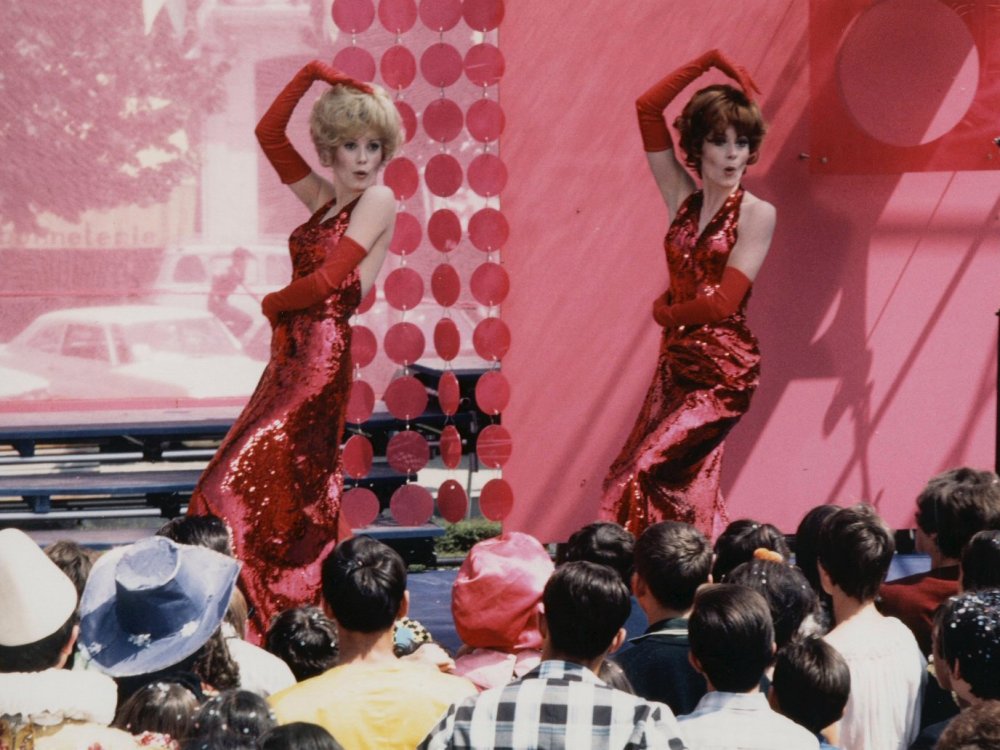
Les Demoiselles de Rochefort (1967)
The studio system was about to topple, however, and if the Hollywood musical had achieved a gleaming veneer of perfection in the presentation of dance, it only remained for others to pick holes in that glossy surface.
In France, Jacques Demy was crafting fragile, spun-sugar musicals, such as The Umbrellas of Cherbourg (1964) and Les Demoiselles de Rochefort (1967), which combined the chocolate-box aesthetics of the MGM musical production unit run by Arthur Freed with melancholy, urban modernism and Michel Legrand’s jazzy scores – the latter even featured Gene Kelly in the cast. Demy’s films were homages to the classic form that revelled in fantasy but were far richer in meaning than simple imitation, providing the off beat to Hollywood’s up-tempo march towards a happy ending.
The 1960s also marks the moment when India began to overtake America in the production of musical films. The Hindi-language film industry has remained remarkably faithful to a genre frequently forsaken by other national cinemas, and owing to its impressive global reach has ensured that the most enjoyable excesses of the production number have never, ever really gone away – as well as claiming what was once the most American of genres for non-English-language audiences. The most popular modern musicals owe as much to the Bollywood blueprint of formation dancing – a fusion of mixed musical influences and lip-synching as epitomised by, say, Sholay (1975), Dilwale dulhania le jayenge (1995) or Devdas (2002) – as to Astaire, Berkeley, Kelly and Donen.
Life is a cabaret
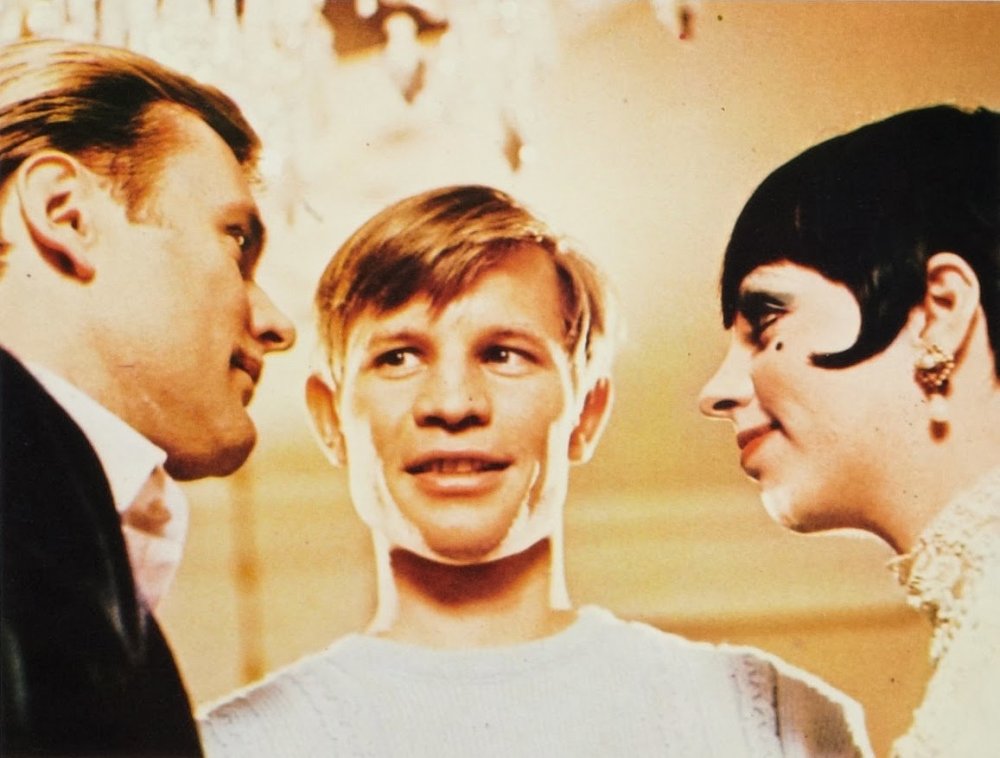
Cabaret (1972)
Back in America in the late 60s, Bob Fosse, stage hoofer turned choreographer and director, was busy shaking up traditional forms. He famously combined pin-sharp precision, flagrant carnality and psychedelia in his distinctive choreography for Sweet Charity (1968), his directorial debut.
Federico Fellini’s Nights of Cabiria (1957) is transferred to Times Square in this picaresque story of a taxi dancer looking for love. The seedy milieu and dead-eyed dancers in Big Spender and the elaborate grooves of The Rich Man’s Frug steal the show from the narrative escapades of Shirley MacLaine’s gamine heroine. For Fosse, the dance came first, and it had to be sharp and without cliché – a devotee of Fred Astaire, his routines made jazz hands and hat-work seem fresh, as his dancers shuffled sideways, rolled their shoulder and turned their knees in, like marionettes bouncing through a Charleston. Again, the cinema of attractions becomes a spectacle of alienation.
Sweet Charity basically flopped, but in 1972, with Judy Garland and Vincente Minnelli’s daughter Liza in the lead role, Fosse succeeded in creating the most sordid backstage musical of them all: Cabaret, in which the numbers punctuated Berlin’s descent into fascism and the audience and dancers alike are made up to mimic paintings by Otto Dix, George Grosz and other artists of the ‘New Objectivity’ (Neue Sachlichkeit) art movement. It’s an art film as a musical – harrowing in content and challenging in style. But it was a hit. Cabaret exploits the fact that the musical form can smuggle high artifice, social commentary and a ménage a trois into a mainstream movie.
At this point, the English-language musical was beginning to gnaw at its own flesh, breaking down into its constituent parts. See the dancers in A Chorus Line (1985) picking over their own psychic wounds, and exploring their sexuality, before snapping back into showbiz shape – the musical machine revealing its own mechanics.
And the musical has found itself right at home in what we might call the counter-culture, from Ken Russell and The Who’s rock opera Tommy (1975) to the hippies of Hair (1979) and the New York bohemians of Rent (2005) – all of whom are the grittier descendants of the beatnik preoccupation in classic studio musicals such as Funny Face (1956), and Elvis Presley’s takeover of the form in the late 1950s and early 60s.
Keeping it real
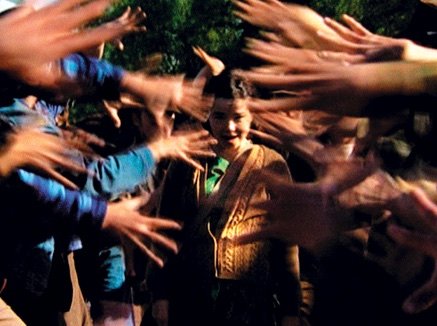
Dancer in the Dark (2000)
While the ritziness of the musical has never entirely gone away – the Walt Disney feature animations, for example – increasingly the genre is making room for shades of realism, from Lars von Trier’s downbeat and digital Dancer in the Dark (2000) to the low-key busker romance Once (2007), and the documentary musical London Road (2014). Richard Linklater has just announced that he will be filming Stephen Sondheim’s Merrily We Roll Along over the next couple of decades, so the characters can age realistically. Even Jerome Robbins and Robert Wise’s revered 1961 version of West Side Story is about to be hit by a Steven Spielberg remake. And you could argue that it was long overdue. With Lin-Manuel Miranda’s In the Heights also transferring from stage to screen next year, the time is surely right for West Side Story to have an authentic Puerto Rican accent.
That’s not to forget that Baz Luhrmann’s postmodern pop-musical Moulin Rouge! and his ‘red curtain’ aesthetic brought back memories of the visual excess of the Berkeley years, if not their narrative decorum, in 2001. In the light of that, the star-studded, CGI-enhanced and generously sequined extravaganzas that followed, including the recent hit The Greatest Showman, could be considered old-fashioned, but only in a provocative way – an affront to prevailing cinematic fashions.
Indulging in the spectacle of a song-and-dance number at all remains a threat to classical narrative structure. Even in the context of nightclubs and variety shows where the musical began, the transition from speech to song jars for many viewers. But for many of us, the true believers in the musical, there will always be a thrill of pleasure in the moment the story gives way to a show. As Fosse once said: “The time to sing is when your emotional level is too high to just speak any more, and the time to dance is when your emotions are just too strong to only sing about how you ‘feel’.” In this way, the musical engages more than just the eye.
Most of us grew up watching musicals, from Mary Poppins and Chitty Chitty Bang Bang (1968) to The Lion King (1994) and High-School Musical (2006). But what is really worth making a song and dance about is the fact that the musical also grows up with us. While the musical assimilated the energy of pure cinema the moment it leapt from the stage to the screen, its theatrical roots also keep it alive. That stage heritage ensures that rehearsal, repetition, revival and reinterpretation are part of the genre’s DNA. Whether we are watching a meticulously drilled chorus line, or a new twist on a classic story, we are invited to feel the shock of the new, the allure of the attraction – and the films themselves are striving for improvement, a fresh thrill. The musical is a restless genre that won’t quit until it hits some kind of perfection.
-
The 100 Greatest Films of All Time 2012
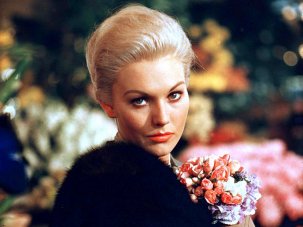
In our biggest ever film critics’ poll, the list of best movies ever made has a new top film, ending the 50-year reign of Citizen Kane.
Wednesday 1 August 2012
-
The Digital Edition and Archive quick link
Log in here to your digital edition and archive subscription, take a look at the packages on offer and buy a subscription.




